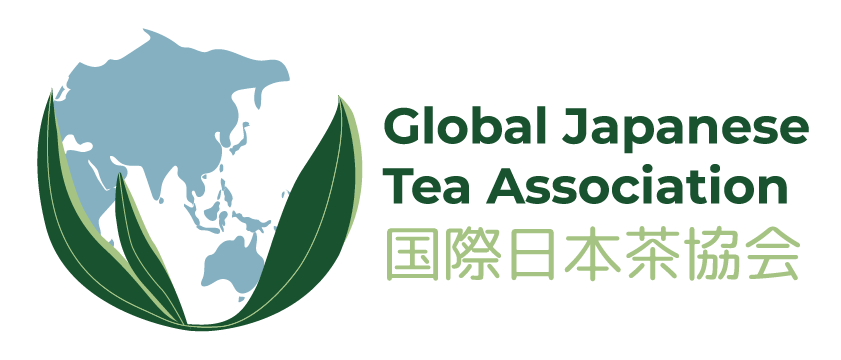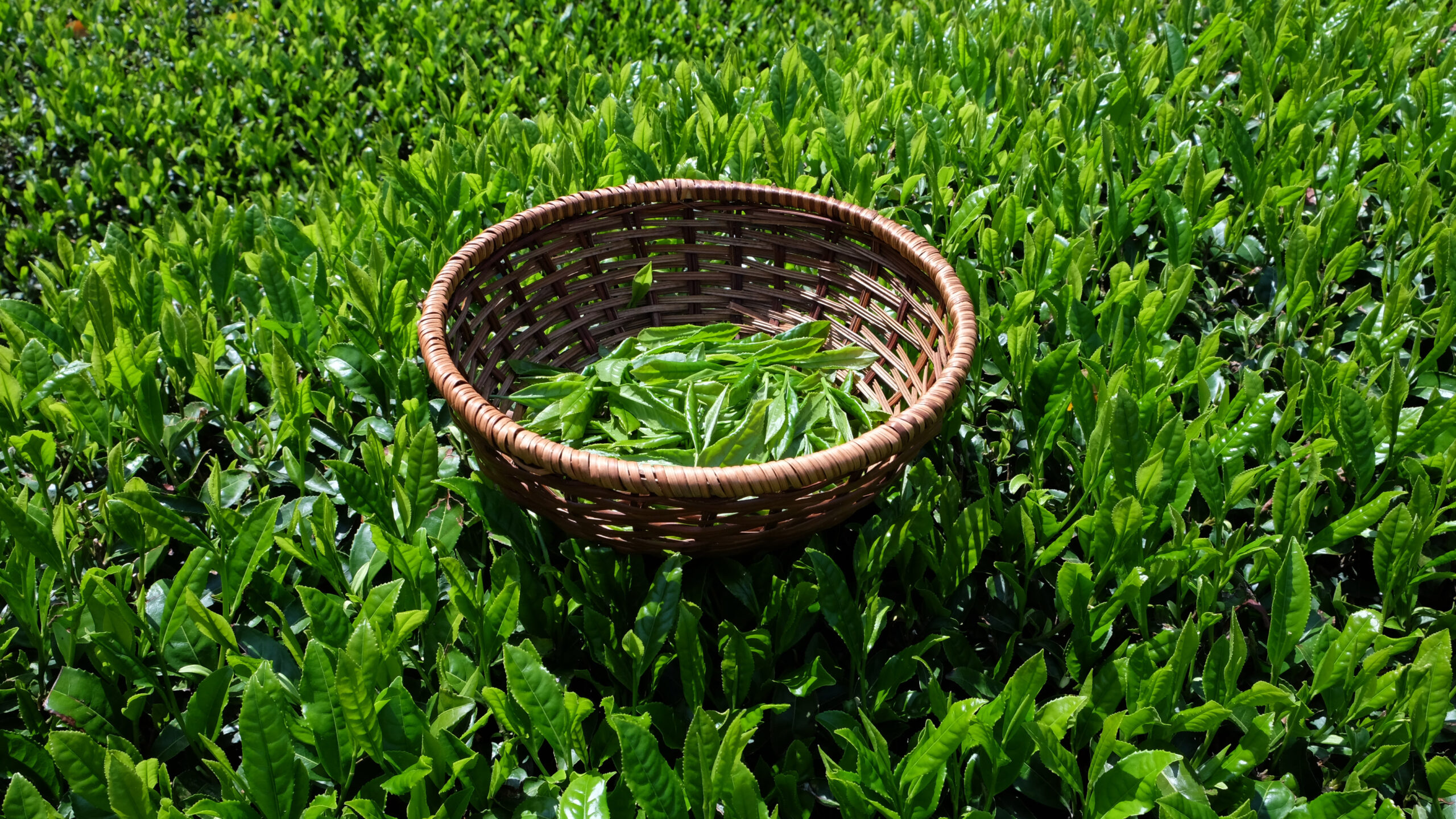Towards the end of May the first harvest is nearing the end. And it seems the price of first harvest tea was up to 70% higher than last year. That is largely due to the expectation that demand for tea gifts will increase as the country is opening up and social activities are normalizing after the pandemic.
The growth of organic tea production has been noted in Miyazaki. While in the whole of Japan the percentage of organic production remains a single digit, in Miyazaki it has risen to 13% recently and Miyazaki produced organic teas are gaining more interest from abroad. Another area of growth is Japanese black tea production, especially notable in Iruma and Sayama in Saitama Prefecture. The number of black tea farmers has tripled in recent years. And Japanese black tea was even served at the recent G7 summit in Hiroshima.
Tea is an important part of Asian culture and a great way to deepen connections. This was demonstrated once again when the prime minister of Japan’s wife Yuko Kishida visited South Korea and deepened exchanges with South Korea’s first lady Kim Keon-hee by sharing Korean tea and matcha. Kyoto prefecture, on the other hand, has been striving to show that tea was a drink not only for women, but also for men. This year a group of young people promoting Ujicha has been renamed from Ujicha Ladies to Ujicha Promotion Team. The promotion team now includes 2 men and 8 women; and their first activity was a tea picking event on 2nd May in Uji.
2nd May is known as hachijuu hachiya – 88th day from the old Japanese calendar, deemed the best day to start tea picking. To celebrate this day tea picking events were held across several other prefectures including Yame in Fukuoka, Nishio in Aichi and Shirakawa in Gifu. To encourage intergenerational exchange through tea, a tea picking for seniors and elementary school kids was also held in Nabeoka, Miyazaki. On 11th and 12th May In Izumo, Shimane, elementary school kids also had a chance to enjoy matcha at a local temple.
Perhaps the largest event of this season was Shincha Festival in Kagoshima between 13th-14th May. It had 13 vendors from all around the prefecture and participants could enjoy various teas with sweets. Now in Kyoto a carving artist Hiro Ooiwa held an exhibition of wooden dolls carved out of tea tree branches. He started carving the dolls in 2011 and this was his first solo exhibition. It appears recently the world of tea is drawing in more and more creativity.
The article is based on the Japanese media articles:
- First price of new tea 70% higher, eyeing “post-Corona” gift demand, Nikkei Shimbun 2023.05.02
- New tea season PR in Uji, Kyoto, picking new tea leaves on 88th night, Nikkei Shimbun 2023.05.02
- Summer Approaches: First Plucking of Mino Shirakawa Tea, Yomiuri Shimbun 2023.05.02
- Tea picking event on 88 nights in Nishio, Yomiuri Shimbun 2023.05.03
- Yamecha tea offering ceremony at Reiganji Temple, the birthplace of Yamecha, to “carry on the 600-year tradition”, Mainichi Shimbunt 2023.05.03
- The first male members of the “Uji Tea Advertising Team”, Mainichi Shimbun 2023.05.07
- Japan-Korea Summit Wives Exchange Over Matcha and Korean Tea, Yomiuri Shimbun 2023.05.08
- New tea picking season is in full swing, organic cultivation from Miyazaki to the world, Asahi Shimbun 2023.05.10
- Taste the prefecture’s new tea at Amu Plaza until today, Yomiuri Shimbun 2023.05.14
- First solo exhibition by Hiroo Oiwa, a 39-year carver, including dolls made from a 100-year-old tea tree, Asahi Shimbun 2023.05.23
- Japanese black tea” production is hot in Iruma and Sayama, targeting young people, with a focus on low-priced green tea, Yomiuri Shimbun 2023.05.24

